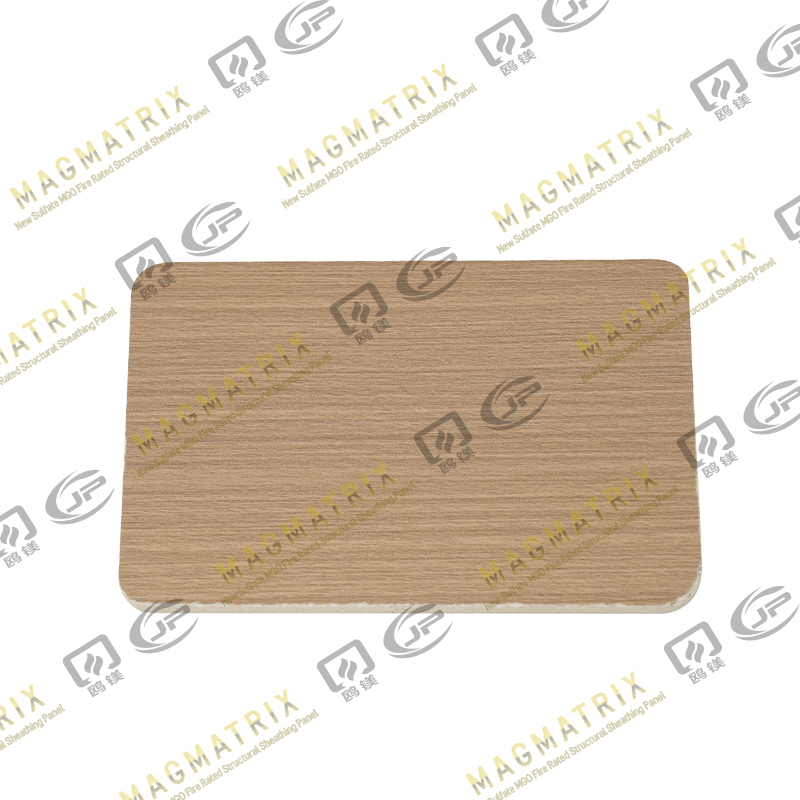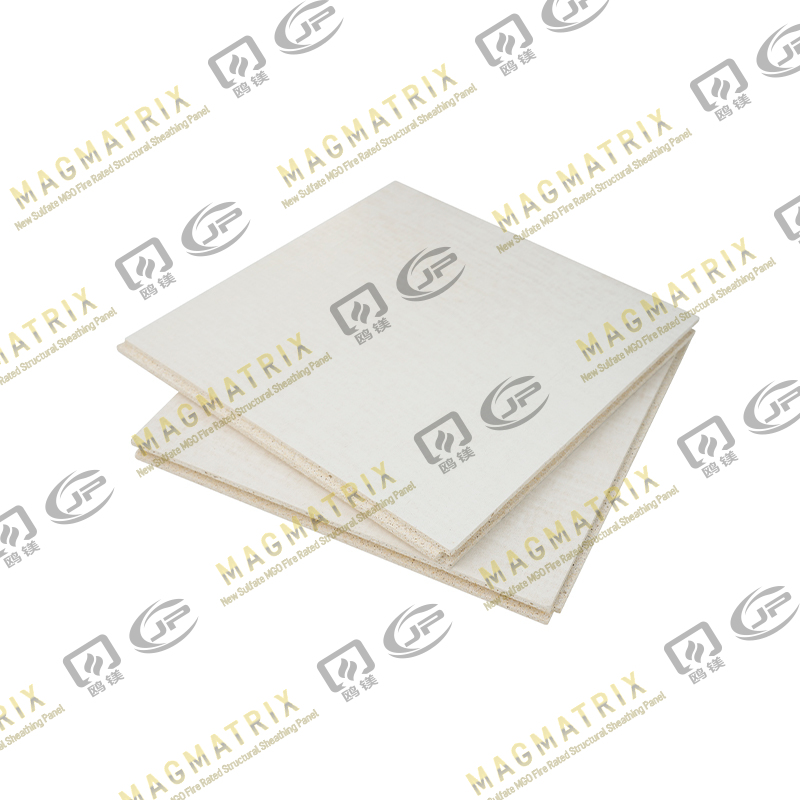In the construction industry, materials play a crucial role in the durability, safety, and overall performance of a building. Among the most commonly used materials are drywall and MGO sheathing board, each offering distinct advantages. As the demand for more resilient, environmentally conscious, and fire-resistant materials grows, MGO sheathing board is emerging as a competitive alternative to traditional drywall. But how does it compare to the tried-and-true option of drywall? Let’s explore the key differences and benefits of each.
Understanding Drywall and MGO Sheathing Board
Drywall, also known as gypsum board or plasterboard, has long been the material of choice for interior wall and ceiling construction. Composed primarily of gypsum (a naturally occurring mineral), drywall is known for its ease of installation and cost-effectiveness. It provides a smooth surface that is easily painted or finished, making it a staple in residential and commercial buildings alike.
On the other hand, MGO (Magnesium Oxide) sheathing board is a relatively newer material. It is crafted from a blend of magnesium oxide, silica, and other minerals, which are then pressed into sheets. Initially developed for use in fire-resistant applications, MGO sheathing board is increasingly used for both exterior and interior applications. It boasts impressive characteristics such as superior fire resistance, moisture control, and environmental sustainability.
Fire Resistance: A Key Differentiator
When it comes to fire resistance, MGO sheathing board stands head and shoulders above traditional drywall. Drywall, while somewhat fire-resistant due to the water content in gypsum, is ultimately vulnerable to high heat, leading to structural compromise. MGO sheathing board, however, is significantly more fire-resistant. Its inorganic composition makes it a natural fire barrier, capable of withstanding intense heat without losing integrity. This makes MGO sheathing board a preferable choice in areas requiring additional fire protection, such as commercial buildings, high-rise apartments, and places with strict fire safety codes.
Moisture Resistance and Durability
Another area where MGO sheathing board outshines drywall is in moisture resistance. Drywall is notoriously susceptible to water damage, leading to mold growth, warping, and compromised structural integrity. This is especially problematic in areas with high humidity, such as bathrooms and kitchens, or in regions prone to heavy rainfall.
MGO sheathing board, in contrast, is highly resistant to water and moisture, making it a more reliable choice for such environments. Unlike drywall, which may weaken and deteriorate when exposed to moisture over time, MGO sheathing board maintains its strength and structural integrity. This added durability makes MGO board ideal for exterior applications or areas prone to dampness.

Environmental Impact and Sustainability
As environmental concerns continue to shape the construction industry, the sustainability of building materials has become an important consideration. Drywall, while widely used, is not the most eco-friendly option. It is often manufactured using non-renewable resources, and its disposal can contribute to landfill waste.
MGO sheathing board, however, is a more environmentally conscious alternative. Its production involves less energy consumption and fewer harmful emissions than drywall. Additionally, because MGO board is made from natural minerals, it can be recycled more easily and has a lower environmental impact. For builders seeking to meet green building standards or reduce their ecological footprint, MGO sheathing board provides a more sustainable solution.
Cost Considerations
Traditionally, drywall is considered the more cost-effective option. Its lower material and installation costs make it a go-to choice for most construction projects. However, this lower cost often comes at the expense of performance in certain areas, such as fire resistance and moisture control.
MGO sheathing board tends to be more expensive than drywall upfront, but its long-term benefits may outweigh the initial investment. With superior fire and moisture resistance, it can reduce maintenance and replacement costs over time. Additionally, its durability means that fewer repairs and replacements are necessary, potentially leading to cost savings in the long run.
Ease of Installation
Drywall is known for its ease of installation, which is one of the reasons it has dominated the market for so long. It can be quickly cut, shaped, and mounted with minimal tools, making it a highly labor-efficient option. While MGO sheathing board is somewhat more difficult to work with due to its denser and harder composition, its installation process is still relatively straightforward for skilled contractors.
For builders who prioritize ease and speed, drywall remains the go-to option. However, those who are willing to invest extra time and effort into installing MGO sheathing board can reap the rewards of its superior performance in terms of fire resistance and moisture control.
Conclusion
Both MGO sheathing board and traditional drywall offer unique advantages, but their differences make them suited for different applications. Drywall remains a staple in many construction projects due to its affordability, ease of installation, and widespread availability. However, for projects where fire safety, moisture resistance, and sustainability are paramount, MGO sheathing board offers undeniable benefits.
As building codes evolve and environmental considerations become more important, it is likely that MGO sheathing board will continue to gain popularity as a superior alternative to traditional drywall. For those looking to enhance the safety, durability, and sustainability of their buildings, MGO sheathing board represents a forward-thinking solution.
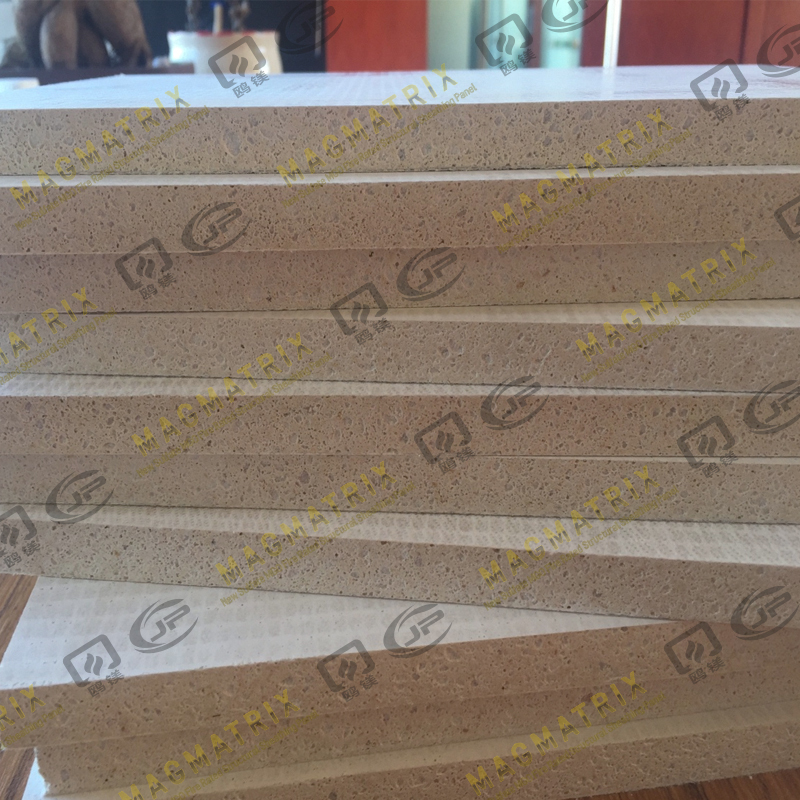 BMSC 517 New Sulfate MgO Board
BMSC 517 New Sulfate MgO Board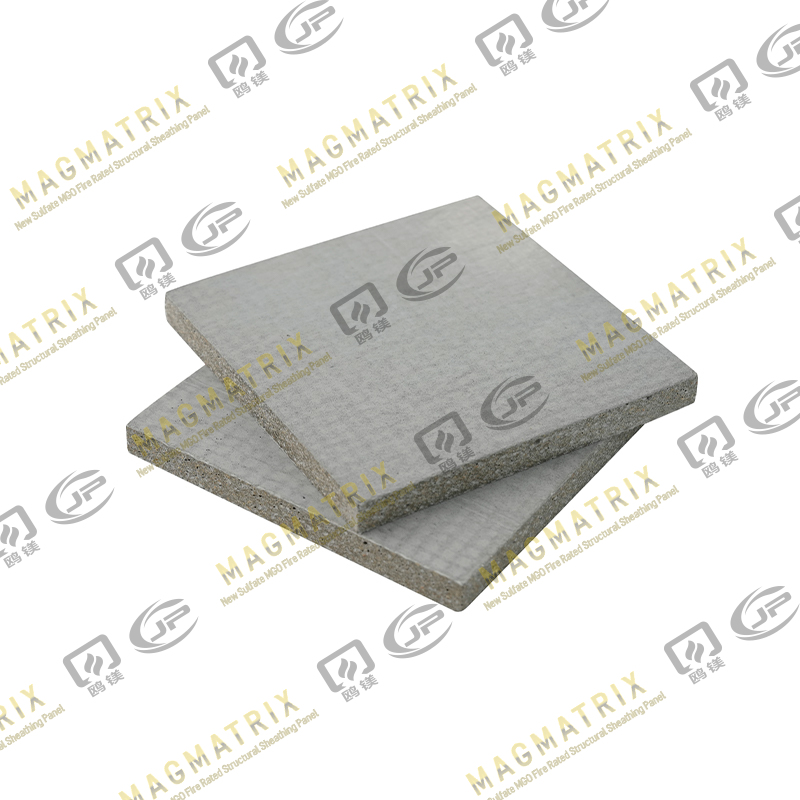 Multi-Support MgO Wall Sheathing Board
Multi-Support MgO Wall Sheathing Board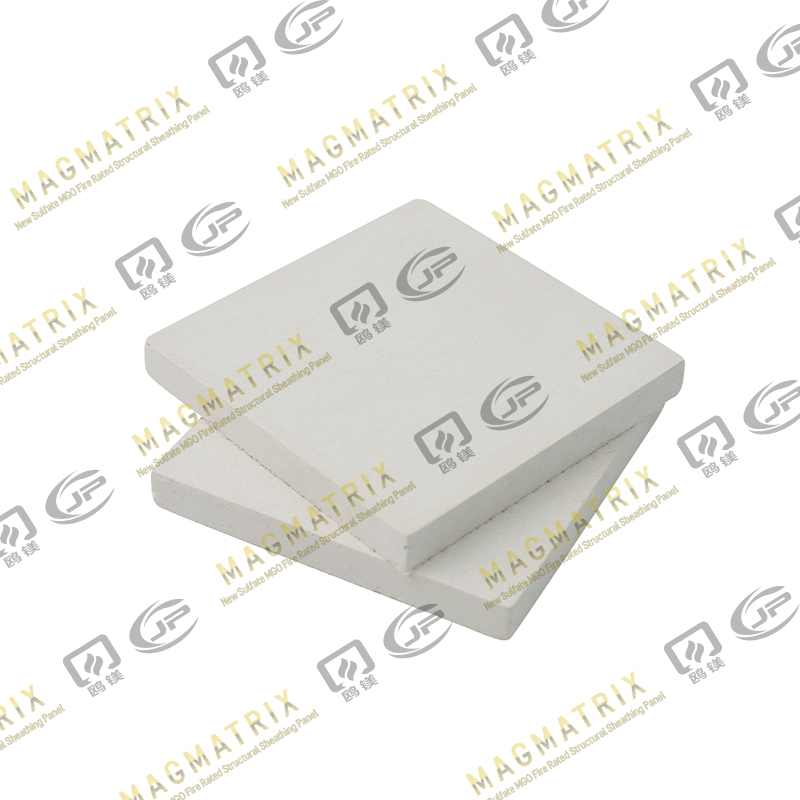 Perseverance MgO Wall Sheathing Board
Perseverance MgO Wall Sheathing Board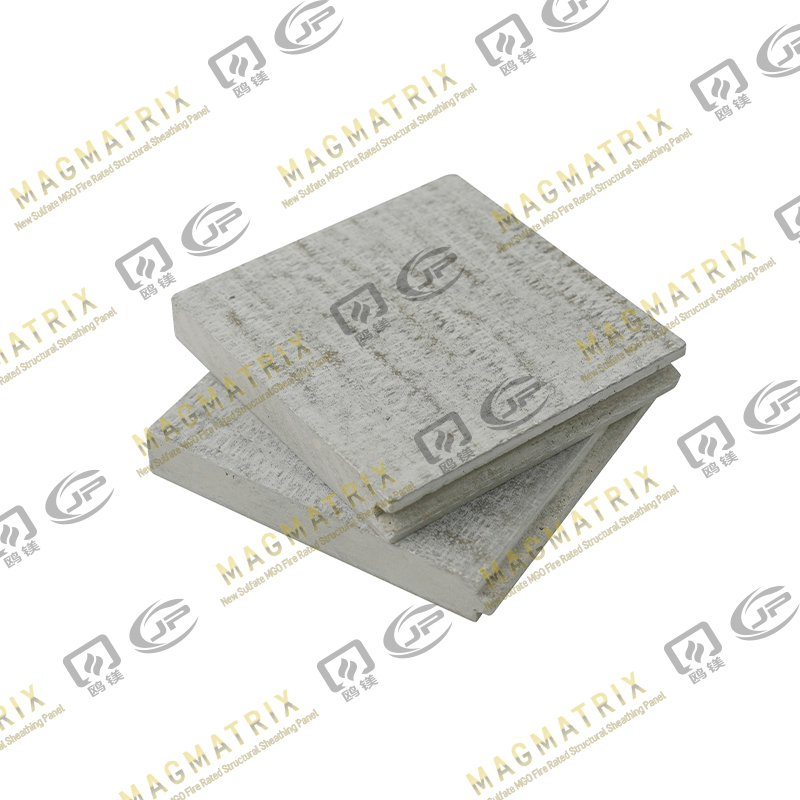 Multi-Support MgO Subfloor Sheathing Board
Multi-Support MgO Subfloor Sheathing Board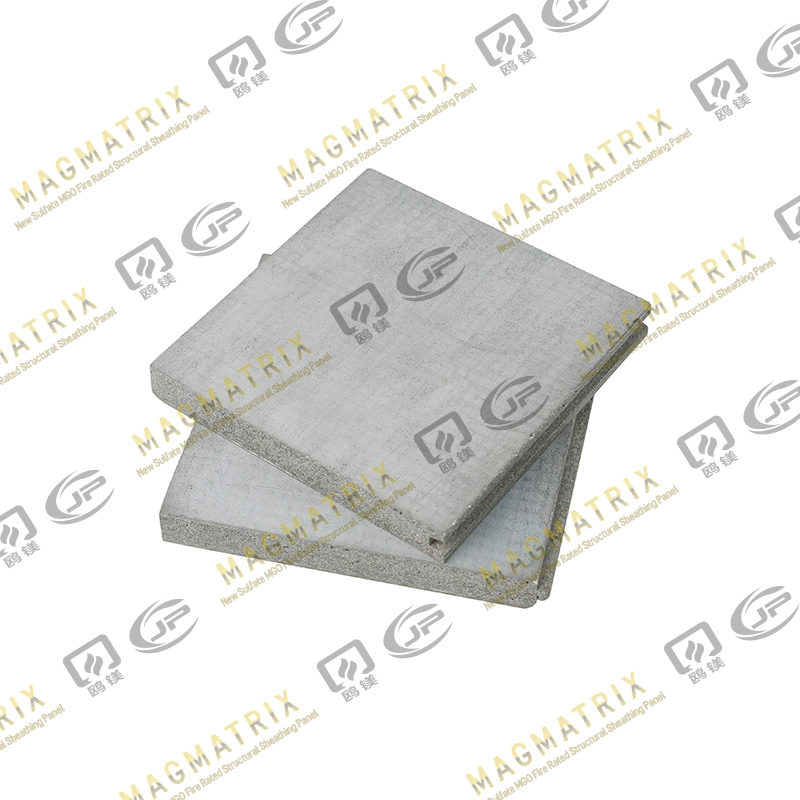 Perseverance MgO Subfloor Sheathing Board
Perseverance MgO Subfloor Sheathing Board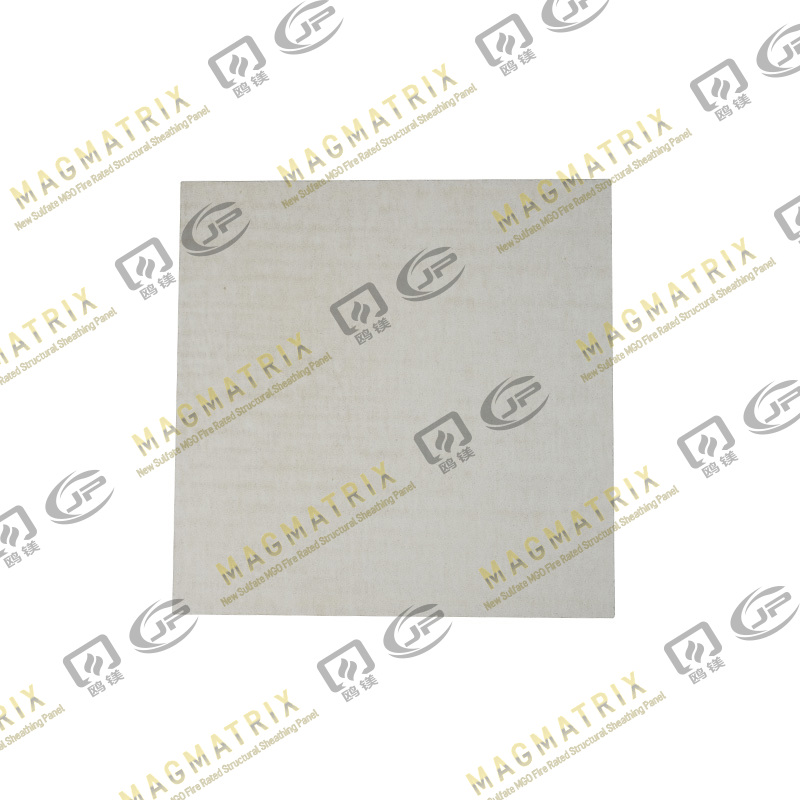 MagMatrix MgO Underlayment Panel/board
MagMatrix MgO Underlayment Panel/board


 English
English русский
русский Español
Español
